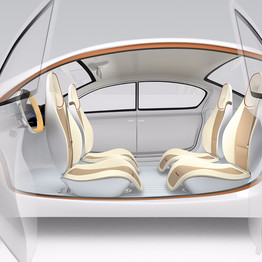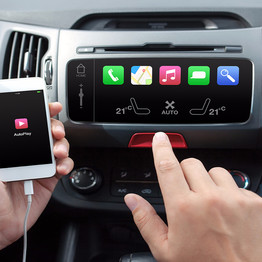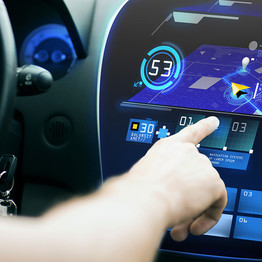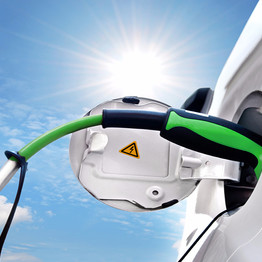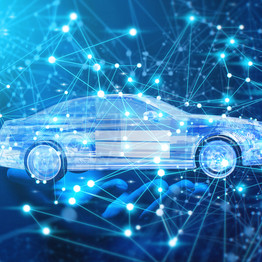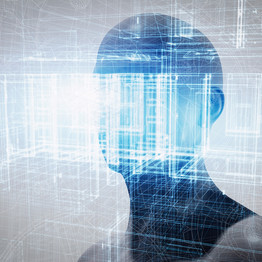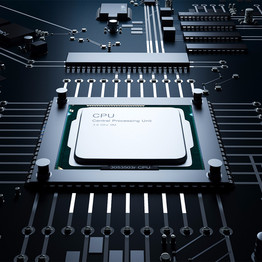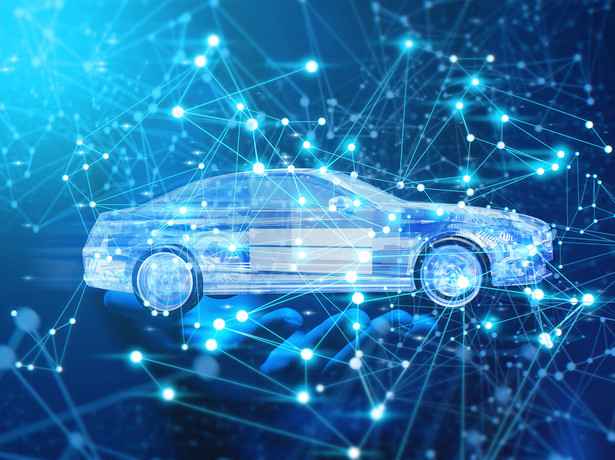In the "Digitization" section I described the technological basis for a continuous, end-to-end user experience as that of an integrated approach with continuous end-to-end architecture.
The entire automobile industry finds itself in radical upheaval on this very point. New players are arriving with entirely revolutionary approaches, not only for vehicles, but also for a complete user experience that includes smart mobility with the corresponding end-to-end concepts.
In our industry the ”car experience” has been perfected piece by piece in recent decades. If the digital user experience in our daily lives is considered, then the conclusion is that this experience is not always consistently and optimally integrated into the car experience.
The major assignment now consists of the step of making the car experience the end-to-end user experience, whereby the customer is central and the vehicle is integrated as optimally as possible into daily life and the needs of the customer, and not the reverse. To do this, however, entire worlds that developed over very many years largely separate of one another must interact. By this I mean the world of embedded electronic systems in the vehicle and the world of the cloud and backend systems.
The next big innovation hub will only be possible with the cloud, data and the appropriate end-to-end business model. The end-to-end architecture required for this extends from common cloud-backends (such as e.g. HERE) across the OEM’s own backend, and the 4G/5G transmission route up to the point of access– the connectivity unit in the vehicle. From there it goes via the Gigabit-Ethernet network to the domain computers with connected, intelligent I/O units, down to the semiconductor level and then also the reverse takes place for the entire pathway. The 5G network of the future will have the complete cycle take place in a fantastic 1 ms latency period.
The message is: the auto industry needs massive further development here that goes beyond the many years of E/E architecture growth based on the microcontroller, to an end-to-end computing platform in the vehicle, a sort of cerebrum. The time for this is without doubt at hand.
In the context of human evolution, over millions of years it has emerged that the sensors and actuating systems in humans often operate subconsciously in the body. The autonomic nervous system controls it all. In an analogy to a vehicle, this would be the current E/E architecture based on the microcontroller.
The cerebrum that has evolved over the course of millions of years ultimately places man at the peak of evolution. In the analogy to a vehicle, that would now be the central computing unit.
But there is yet another important point to be considered: Humans have prevailed not only as individuals, but rather very particularly intensely when they arose in groups. Compared in turn to the world of vehicles, this collective intelligence, the seamless networking of the vehicle with the customer, is the entire infrastructure and other vehicles and IoT devices.
All of these changes have enormous impact on the automobile manufacturer and all of his suppliers, because many new technologies and core competencies are required for this, and classically they are not adequately available and predominantly originate in the electronics, software, semiconductor and cloud industries.
In the ancestral companies, this fact creates a considerable realm of tension between the ”new and old world“ and this rests at the center of the entire upheaval phase – the disruption.
Just as humans learned to learn, systems must also learn to learn. Machine learning and neuronal networks are therefore important. Because in that way, just as with the brain, systems can become more intelligent through sensations and phenomenological processing and adapt to given situations.
This means that all elements of the overall architecture, and not just up to the cerebrum, must be exchangeable not only in the backend, but rather in part also down to the smallest control device via online updates, and safety mechanisms must be able to upscale throughout the time of operation.
This can be very well illustrated with the approach of having a future, end-to-end computing platform, because the vehicle that is delivered will possess much higher intelligence compared to the time of delivery as a result of continual updates after several years of operation.
What does all of this mean in relation to control devices and E/E architecture?
We will continue to have many and intelligent I/Os, but the functional side will increasingly be moved into the cerebrum, that is the domain computers. These domain computers will merge step by step into a single brain, the central computing unit, which comprises two brain halves. Because one half on its own will not suffice, for reasons of redundancy. The two brain halves are then analogous to nerve tracts connected to one another via high performance data connections.
What time horizon are we referring to here?
This will be a gradual process, especially as this approach is also not entirely new, because this has been long underway in the infotainment world. Even five or six years ago infotainment was still a network of six or seven control devices that, in the meantime, have all been integrated into a central computer. As the next step, a “cockpit-computer“ will develop from here to drive the entire digital interior from one central computer – including all displays.
The MIB for infotainment and the zFAS for driver assistance systems and piloted driving, which I was able to develop during my time at Audi, can be considered a type of forerunner to this mainframe. Thereby, several technologies play a central role. The topic of the Gigabit-Ethernet will be a key technology, whereby the transmission speed of up to 80 to 100 Gigabit/s will eventually be reached, at which time all displays and cameras in the vehicle will also be completely networked. For this to happen, suitable switches and transmission paths will be needed. A twisted-pair will no longer function at such high bandwidths.
Particularly important topics will be a functioning virtualization and permanently evolving end-to-end security. An essential prerequisite for the success of the data center and cloud computing was the mastery of virtualization. In addition to cloud technologies, the use of machine learning and sensor fusion have become very significant topics. Also, things will not work without data compression, because preprocessing must be carried out on the client side in the vehicle in order to limit the quantity of data. Merely streaming everything to the cloud in “wild” fashion will not work.
The entire technology chain end-to-end, including the cooperative models with tier 1 suppliers and technology partners, will change massively. We have never had an upheaval of this type in our industry. All of this is happening now with amazing speed.
A target for application must always be defined in the case of such an architectural conversion. In this matter, every OEM is always offering the next box of bricks. If the new architecture is initially implemented in the corresponding vehicle, numerous functionalities can still be superimposed on top of this afterwards.
Intermediate steps will first take place. The industry in the meantime is used to such steps entering other domains first, as with infotainment, so that there is no big bang with the new platform and risk is minimized. Specific technologies will be incorporated prior to that and they will demonstrate the suitability for series production through proof of concept.
What lies ahead for suppliers?
In their business model, suppliers today are used to offering a function (in hardware and software) in one system or control device– as close as possible in combination with sensor and actuator systems. This will also change and, for this to happen, there must be intense dialogue between the OEM, suppliers and other technology partners (e.g. semiconductor manufacturers).
If old structures are broken up and control devices and software e.g. no longer come from one source, then the business model of the OEMs must correspondingly develop further.
Software must then be purchased separately and must also be fairly remunerated with respect to suppliers. Today, in most cases the emphasis is very clearly on the area of hardware.
In part, such models already exist in infotainment, but the players there come partially from the consumer world.
What significance does end-to-end security have in this respect?
If the vehicle is a complete part of the cloud and many functions are improved merely through an additional online share, then there must also be assurance that, end-to-end, the highest level of safety technology and the best technologies are used: from the backend down to the sensor or control device level in the vehicle. In this case much can be learned and incorporated from the world of the cloud. But some things will have to be newly created and there must be assurance that the required safety mechanisms are permanently developed further and updated during the operating time of the vehicle. Because every key, every safety mechanism between the backend and the vehicle has only a given service life and this, as a rule, is less than the service life of an entire vehicle.
Precisely the topic of intrusion-detection is very important – however, not only at the interfaces but rather also for individual components, this may even include sensors. If the system ascertains examples that are not plausible or even points out damaging software, then the safety mechanisms must take over. In that way, vehicles can react quickly to any type of assault. Machine learning across the fleet will allow the system to improve further.
